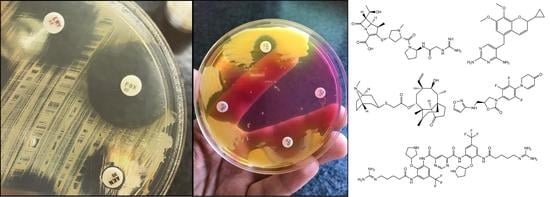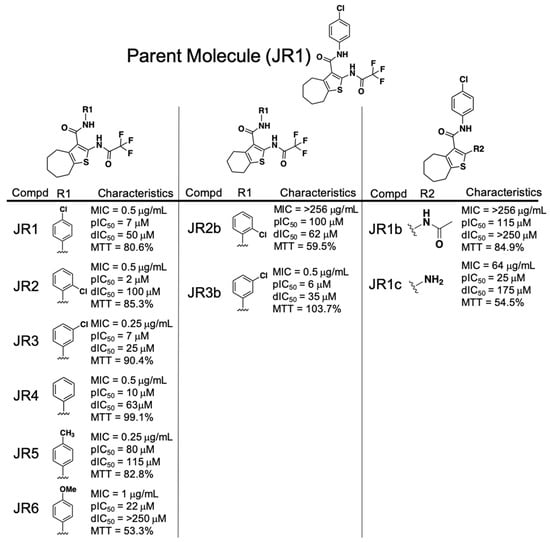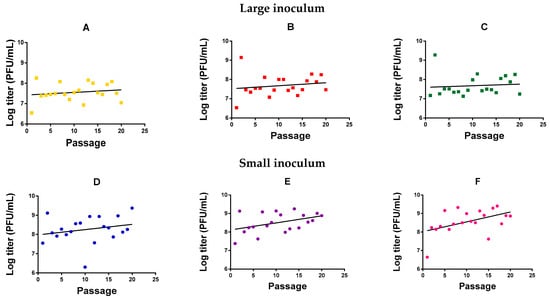Antibiotics 2019, 8(2), 54; https://doi.org/10.3390/antibiotics8020054 - 4 May 2019
Cited by 61 | Viewed by 9413
Abstract
Neutrophils are important assets in defense against invading bacteria like staphylococci. However, (dysfunctioning) neutrophils can also serve as reservoir for pathogens that are able to survive inside the cellular environment. Staphylococcus aureus is a notorious facultative intracellular pathogen. Most vulnerable for neutrophil dysfunction
[...] Read more.
Neutrophils are important assets in defense against invading bacteria like staphylococci. However, (dysfunctioning) neutrophils can also serve as reservoir for pathogens that are able to survive inside the cellular environment. Staphylococcus aureus is a notorious facultative intracellular pathogen. Most vulnerable for neutrophil dysfunction and intracellular infection are immune-deficient patients or, as has recently been described, severely injured patients. These dysfunctional neutrophils can become hide-out spots or “Trojan horses” for S. aureus. This location offers protection to bacteria from most antibiotics and allows transportation of bacteria throughout the body inside moving neutrophils. When neutrophils die, these bacteria are released at different locations. In this review, we therefore focus on the capacity of several groups of antibiotics to enter human neutrophils, kill intracellular S. aureus and affect neutrophil function. We provide an overview of intracellular capacity of available antibiotics to aid in clinical decision making. In conclusion, quinolones, rifamycins and sulfamethoxazole-trimethoprim seem very effective against intracellular S. aureus in human neutrophils. Oxazolidinones, macrolides and lincosamides also exert intracellular antibiotic activity. Despite that the reviewed data are predominantly of in vitro origin, these findings should be taken into account when intracellular infection is suspected, as can be the case in severely injured patients.
Full article
(This article belongs to the Special Issue Staphylococci Antimicrobial Resistance)










